What are aluminium turned parts?
1.What is aluminum turning?
Aluminum turning is a type of machining that uses a lathe to shape aluminium. The process involves using cutting tools to remove material from the aluminium piece until the desired shape is achieved.
The main advantage of aluminium turning is that it is cheaper than other manufacturing methods and can be completed in a shorter time.
The main disadvantage is that it requires more precision than other processes because aluminium is a softer metal that is more susceptible to chipping and scratching.
2.What makes aluminium turned parts so great?
Aluminium turned parts are easy to machine because they have high machinability and good thermal conductivity. They also have good corrosion resistance, so they can be used in both indoor and outdoor applications!
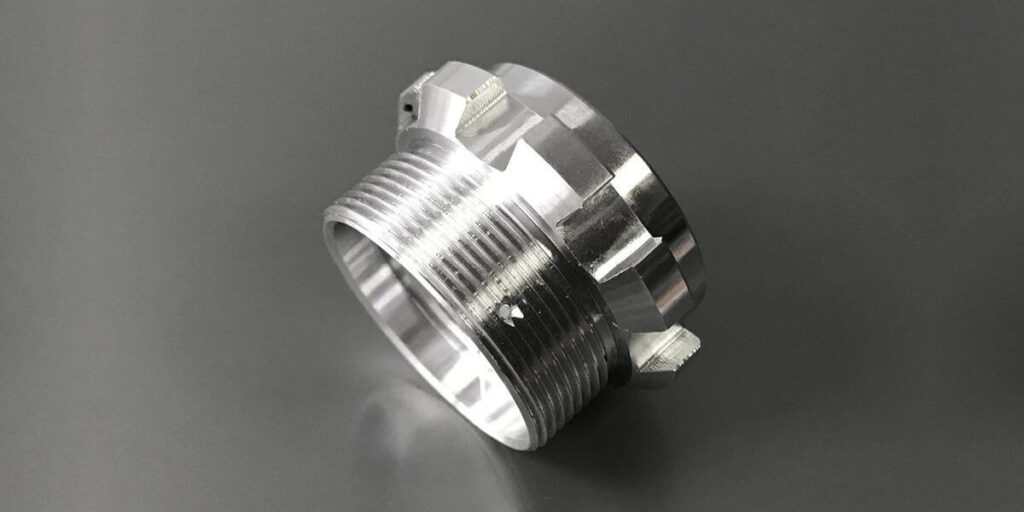
3.Types of Aluminium Turned Parts
There are many types of aluminium turned parts. The most common are tapers, threads, plugs, and bushings.
1) Tapers
Tapers are used to make shafts, tubes, and other cylindrical objects. They can be made to precise specifications using a lathe.
2) Threads
Threads can be machined on these parts using threading tools or threading dies. These tools can machine threads of various pitches on the same piece of material.
3) Bushings
Bushings are used to provide support to another part while allowing a certain amount of movement or rotation between them.
They can be made from a number of different materials, including steel or brass, but aluminium is often preferred because it is lightweight and durable.
4) Plugs
Plugs are used to fill holes in a part that need to be filled but cannot be drilled due to size restrictions or other considerations such as appearance.
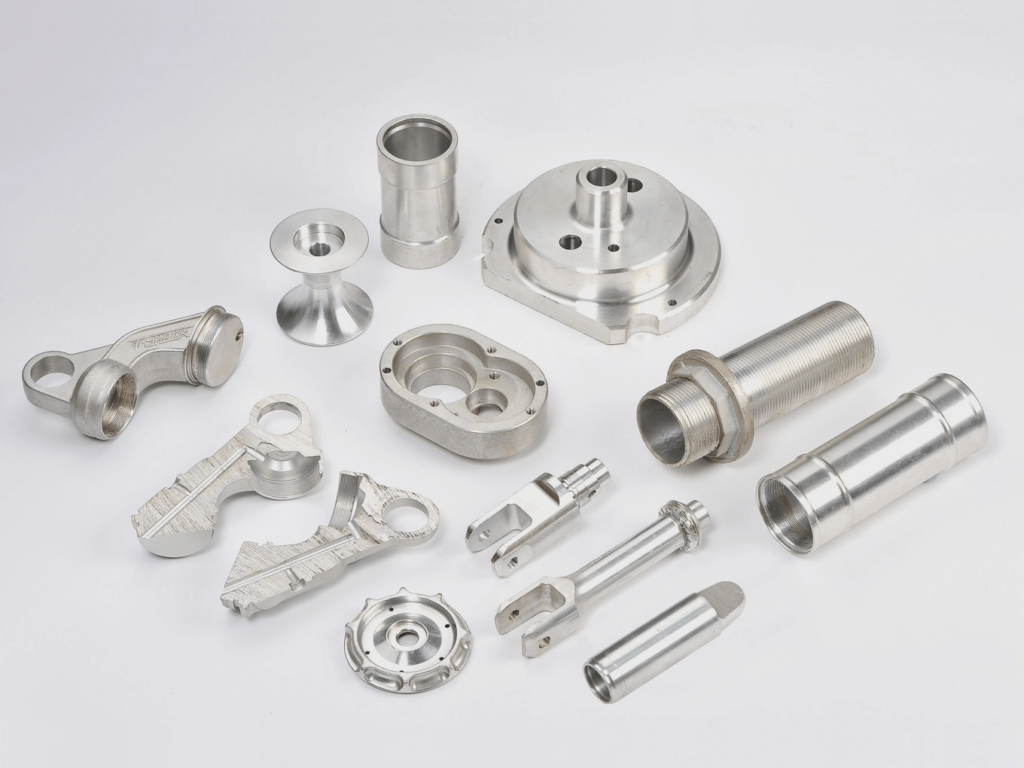
4.Aluminium Turning Part Process
The aluminium turning process starts with a bar of aluminium. The bar is placed on a lathe and turned into a round bar, which is then cut to size.
The process of cutting the bar stock to the desired size is called “roughing”. Roughing operations can be performed with a facing tool or a tool that can be used to remove excess material in one go.
If you are using a facing tool, it will only remove about 1/4 inch from each side of the part at most. If you are using a tool that removes material in one go, it will remove all excess material from both sides of the part in one go.
Roughing is followed by “turning”, which removes less material per revolution than roughing. This allows us to precisely shape the part by turning each side multiple times until we achieve the shape we want.
Turning is followed by “finishing”, which removes even less material per turn than turning, but still leaves enough material so that the part doesn’t fall apart when you pick it up.
Finishing is followed by “polishing”, which removes any remaining surface imperfections and gives the part a final smooth finish. This process is repeated for each side of the part that needs machining.
5.Uses of Aluminium Turned Parts
1) Automotive Industry
The most common application area for aluminium turned parts is the automotive industry. Aluminium can be used to make everything from engine blocks and transmissions to rims and wheels. It is also used to make exhaust systems, suspension components, and body panels.
2) Electronic Manufacturing
Another major application for aluminium turned parts is in electronics manufacturing, where they are used to make circuit boards, connectors, and other electronic devices that require small internal parts such as capacitors or resistors. They are also used to make computer cases or housings, and lighting fixtures such as track lights or spotlights.
3) Other Industries
In addition to being used in the automotive industry, aluminium turned parts are widely used in a variety of other industries, including the aerospace, defense, marine and other transportation equipment industries, and medical devices such as hearing aids. In fact, more than 90% of hearing aids are made using aluminium turned parts!
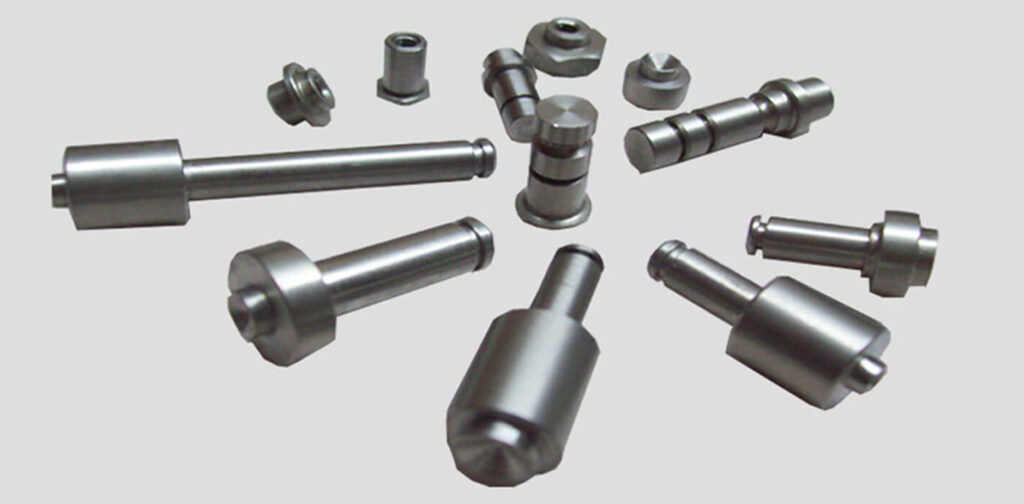
6.What tools are used for aluminium turning
The tools used to turn aluminium are different from those used to turn steel. The main difference is the material used. While steel can be cut with high-speed steel cutting tools, aluminium must be cut with carbide or tungsten carbide tipped tools.
Here are some of the most commonly used tools for aluminium turning:
1) Dial Calipers
Dial calipers are used to check the dimensions of parts during the manufacturing process. They are also used to measure large parts such as cylinder blocks, heads, and barrels so that they can be accurately machined.
2) Lathes
This machine has a chuck on one end that holds the workpiece while it is turned on the lathe. The other end has a tool holder that holds cutting tools such as chisels, cut-off tools, and broaches.
Lathes come in different sizes and configurations, depending on the complexity of the part being machined. The size of the lathe also determines how large an object can be held in the lathe by the chuck and turned at once.
3) Milling Machine
This machine is similar to a lathe, but instead of having chucks on both ends, it has a collet on one end that can securely hold a small diameter workpiece while it is milled with a rotating tool (called an end mill).
End mills come in different sizes and can be used to mill flat surfaces, slots, grooves, recesses, and complex 3D shapes.
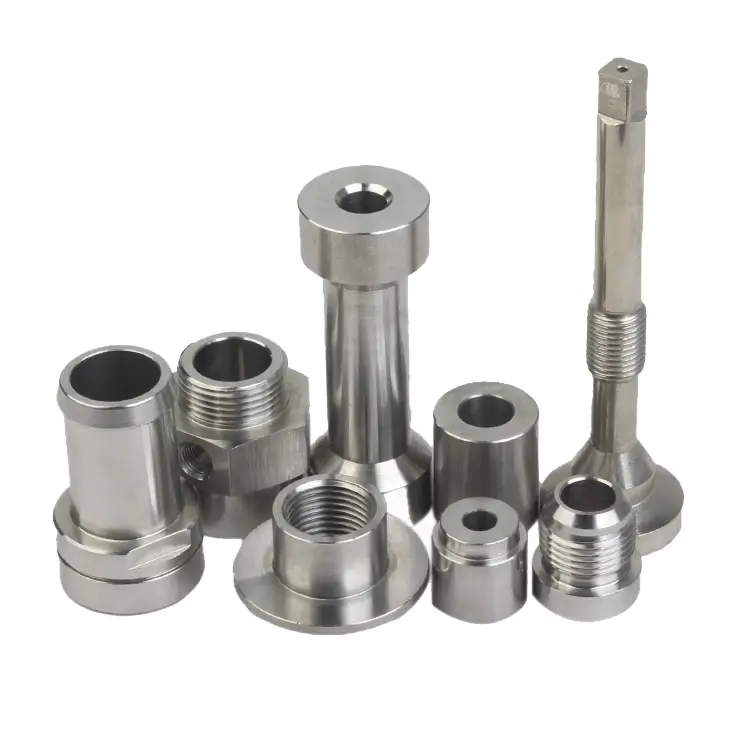
4) Drill Press
This machine is great for drilling holes, but can also be used for countersinking and many other operations if equipped with the proper accessories.
5) Radial Drill
This machine is similar to a drill press, but instead of the workpiece spinning while the cutting tool remains stationary, both the cutting tool and the workpiece spin.
6) Jig Saw
The jig saw is another commonly used tool in aluminium spinning because it allows you to cut out complex shapes without leaving any rough edges on the material. This tool is particularly useful when working with sheet metal that needs to be cut into many small pieces, such as rivets.
If you are looking for an experienced machining manufacturer, Xavier is your ideal choice. The Xavier team is well-equipped to provide high-quality machining solutions. If you need more information or to discuss your machining needs with us, please feel free to contact us.
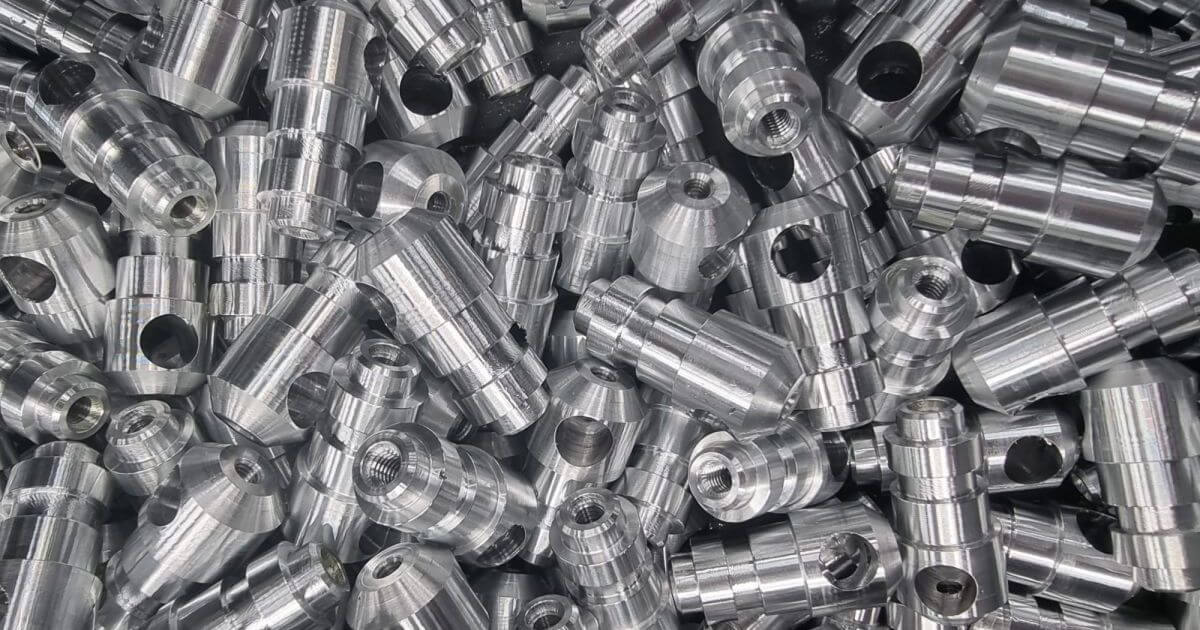
1 Comment